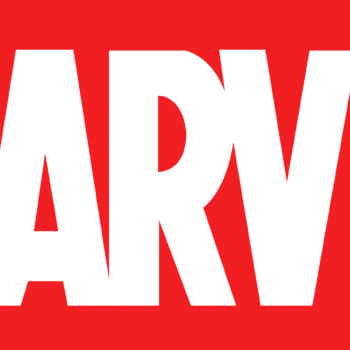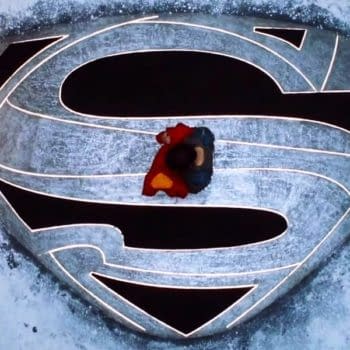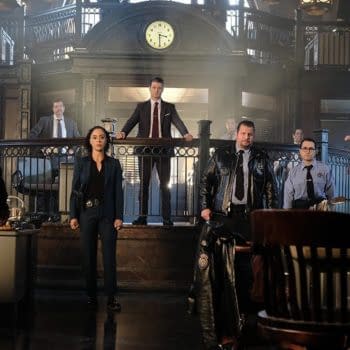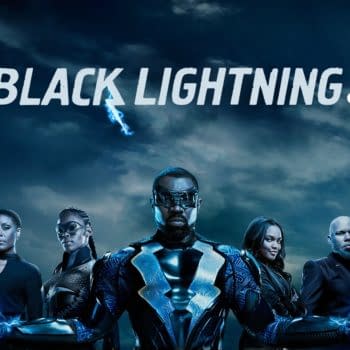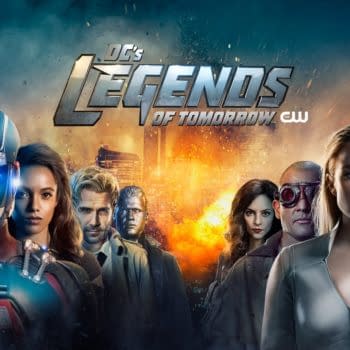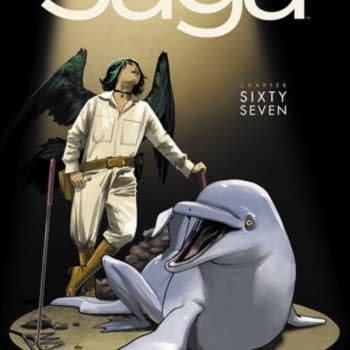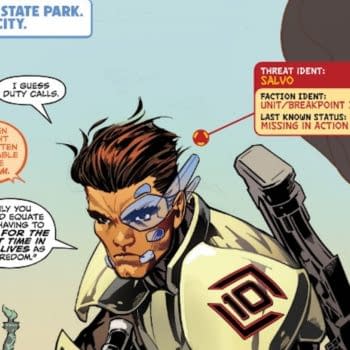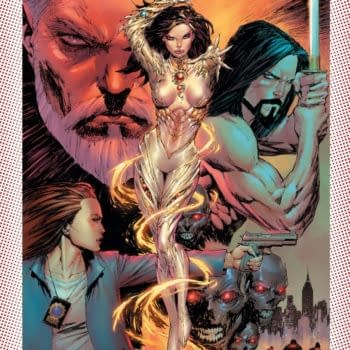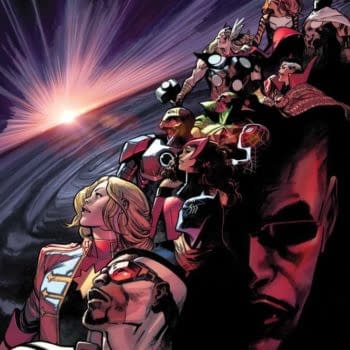Posted in: Comics | Tagged: Comics, david liss, dynamite, entertainment, green hornet, Jesse Hamm, Kewber Baal
"What Would Brubaker Do?" – How David Liss Writes The Green Hornet
Dynamite has sent us a new Writer-2-Writer interview with Jesse Hamm, the co-writer and artist on Flash Gordon: Kings Cross #4 asking questions of writer David Liss of Green Hornet: Reign of the Demon #3. Both books are on sale today. Cover by Moritat and interiors by Kewber Baal.

DAVID LISS: I don't think I could point to any one, or even any handful, of influences in particular. I'd say I'm drawing on the pulp tradition in general. When I work on this kind of story, I set out with a particular set of character and plot goals, and then try to figure out how to best organize the material so that it will be – I hope – an engaging, suspenseful and surprising story. In this case, I have a few different elements, such as the flamboyance of the Swashbuckler and the insane villainy of Demone. They come from different universes, and putting them together is part of the fun in crafting a story like this.
JH: Are there any particular comics writers or series that you look to for inspiration?
DL: I feel like I learn from everything I read, even the stuff I don't think is successful. There are tons of comics writers I admire, of course, but I think the nuts and bolts guy I turn to most frequently might be Ed Brubaker. I think he's not only a terrific storyteller, but he's a master of the set-up. Whenever I start a new series or a new arc, I'm at least subconsciously, and sometimes overtly, thinking, "What would Brubaker do?"
JH: Each issue of The Green Hornet: Reign of the Demon is clearly part of a bigger story arc, with clues about Demone's plans that the Hornet must unravel along the way. How do you decide how much information to reveal to readers in each issue?
DL: Because I started out writing prose fiction, I am always fascinated by, and love to play with, the way form and content work together in comics. In a novel, you can make any chapter as long as you'd like and spend as much time as you need developing any element of plot or character. In comics, you usually know how many issues you have for a story, and you certainly know how many pages. In this case, because it was a four issue arc, I knew I was going to need at least one major revelation, something that makes readers rethink the story or the stakes, in each of the first three issues. I like to get readers to the point where they feel like they know what's going on and then throw out something new to make them realize things are more complicated than they realized. I know I like that sort of thing as a reader.
JH: Both Casey and Kato make up the Hornet's support staff, so to speak. Kato's clearly handy in a fight; what would you say Casey brings to the team? How would the book likely differ without her?
DL: Casey is there to do research, of course, but also as a kind of moral compass. That was something Mark Waid set up beautifully in his Green Hornet run, and I thought it would be a shame to let that slide. She holds Britt Reid to task and makes sure he remembers why he does all this in the first place. She's also there to bring out some interesting period gender dynamics. As a woman in this period, she faces real obstacles and limitations, and it presents some great storytelling and character development opportunities to have some of these people push back against the limitations imposed by their culture.
JH: The Hornet is in a unique position among costumed heroes, in that he needs to appear as a villain to the public. Are there particular lines that he won't cross in his efforts to appear villainous?
DL: The Hornet will never deliberately allow an innocent person to come to harm, though the need to create the illusion of villainy can lead to some unintended consequences. One of the things I explore in this series is how this masquerade can sometimes put the character in a difficult position, or the need to appear as a villain can actually endanger people. It's a tightrope, and watching this character walk it is part of the appeal.
JH: You weave some humor into the Hornet's adventures, and there's also a lot of theatricality in the characters' disguises. How do you strike the right balance, keeping the series light and fun without letting it slide into campy comedy?
DL: I think the key is to have the humor come from the characters. People use humor in all kinds of way – they crack jokes in dangerous and solemn situations – and showing that is both fun for the readers and humanizing for the characters. I think the key is to make sure the characters are generating the humor and not the butt of it. If the writer doesn't take the characters seriously, then the reader won't either.
JH: Describe your working relationship with artist Kewber Baal. How do you two divide up the visual narrative? Do you list the number of panels on each page and provide shot descriptions, or is it a more casual arrangement?
DL: I produce what I think of as a pretty standard script, in which I divide the page into panels. I'll block each panel to the degree I think is necessary for plot and character development, but I also like to give Kewber a lot of room to put his own spin on things. I see the artist's I work with as co-creators, not people who are there to turn my vision into reality. So I like to give artists what they need to tell the story properly, but at the end of the day, I want them to feel like it's our story, not just mine.








